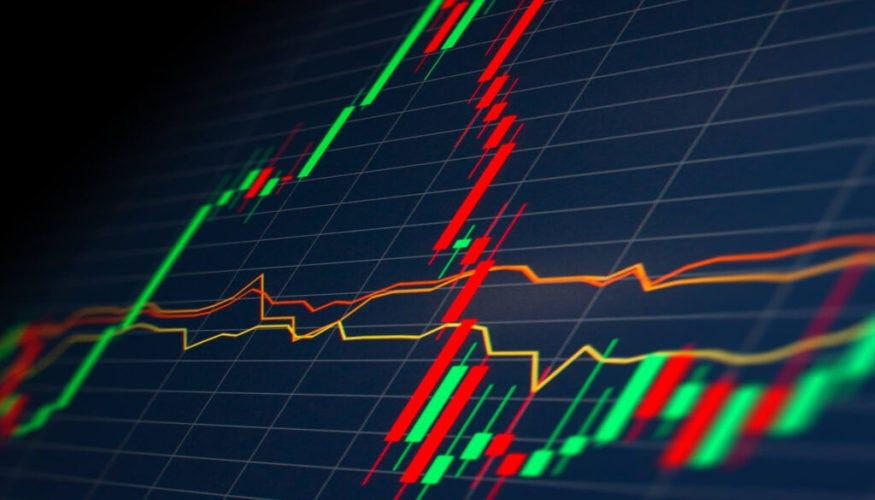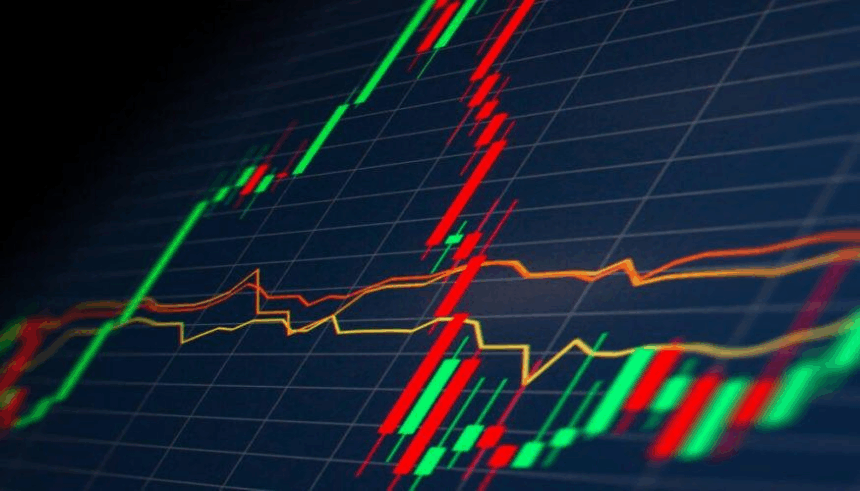In this article, I’ll discuss the major differences between Forex signals: auto vs. manual. Regardless if you are a beginner or an experienced trader, knowing how both types of signals function can assist in picking the right strategy for you.
We will highlight the advantages and disadvantages of both methods to enable informed trading decisions.
All About Overview
In the ever-changing landscape of forex trading, knowing what to invest in and when can aid profitability. One of the most popular tools of traders are Forex signals, which alerts them at a specific time and price to buy or sell currencies.
They come in two major forms: auto (or automated) signals and manual signals. Every option has its benefits as well as consequences, picking one depends on a trader’s experience, tolerance level, expectations, goals, and appetite for risk.
What Are Forex Signals?
Forex signals or trade alerts inform traders which currencies to buy or sell, when to enter the market, and where to set their stop loss and take profit orders.

A combination of several technical indicators, market sentiment, fundamental news, and algorithmic models determines forex signals.
Auto Forex Signals: How They Work
Automated forex signals are produced by advanced computer programs designed to search for possible trading opportunities. Such software is capable of analyzing several currency pairs at the same time and reacting in real-time, far outpacing human traders.
Pros of Auto Signals:
Speed and Efficiency: Bots operate round the clock, scanning the market for opportunities as well as executing trades on the spot.
Emotion-Free Trading: With auto systems every trade is executed based on prepared rules which means that feelings like fear or greed do not interfere unlike when a human makes a decision.
Scalability: Automated bots can capture an unlimited number of trades with higher levels of analysis than what humans are capable of doing.
Cons of Auto Signals:
Over-Optimization Risk: In most cases, failing to go live with your strategy using certain features may be caused by an aggressive optimization approach. This usually happens when they are tested using historical data then put into the real world.
Lack of Flexibility: Non-humans such as robots work on coded algorithms and those do not possess any form or fashion of adjusting themselves in algorithm logic based responses even due to drastic shifts in market rhythms or newly issued headlines.
Dependence on Technology: During certain downtimes for tech features such as internet connections, delays in servers, or glitches within software programs people bear the brunt via missing out on chances or donning losses.
Manual Forex Signals: How They Work
Traders or analysts who have experience evaluate charts, patterns, and current news to figure out what trades to make. That work is called manual signals. It is done by hand rather than automatically using technology and software, as many do nowadays.

There does exist a community which shares manual signals through social media platforms such as Telegram and email or via specific Forex groups.
Pros of Manual Signals:
Human Insight: Algo-based systems do not take into consideration broader economic factors, which traders can assess and apply discretion to.
Adaptability: Human analysts are able to change strategies immediately as news breaks or the market advances.
Learning Opportunity: Analyzing manual signals allows to more advanced traders teach newcomers on how professionals perceive the market.
Cons of Manual Signals:
Slower Execution: Analysis takes time and so does dissemination. With this in mind, every signal will come delaying attached to it.
Emotional Bias: Decisions may be influenced by personal bias due to the fact that a human is making them.
Inconsistent Quality: The provider for each signal differs meaning that there are no standards, resulting in unreliable signals difer across multiple analysts.
What is the difference between auto and manual forex signals?
| Feature | Auto Forex Signals | Manual Forex Signals |
|---|---|---|
| Source | Generated by trading bots or algorithms | Created by human analysts or expert traders |
| Execution Speed | Instant and automatic | Slower, may require manual trade execution |
| Emotion Involvement | No emotions – purely data-driven | Can be influenced by human emotions or bias |
| Market Monitoring | 24/7, no breaks | Limited to analyst’s availability and working hours |
| Adaptability | Limited to programmed logic | Highly adaptable to real-time market events |
| Analysis Method | Technical indicators, algorithmic rules | Technical + fundamental analysis, market sentiment |
| Best For | Time-constrained traders, automated strategies | Traders seeking learning and human insight |
| Learning Opportunity | Minimal – trades are auto-executed | High – users can study reasoning behind each signal |
| Risk of Failure | Risk from bugs, misconfiguration, or over-optimization | Risk from poor judgment or emotional decision-making |
| Consistency | High (if well-coded and maintained) | Variable (depends on analyst skill and accuracy) |
| Technology Dependence | Fully dependent on software, internet, and platforms | Less dependent – works with basic trading setups |
| Cost | Often part of paid auto-trading systems or EAs | Can be free or subscription-based from human providers |
Auto vs. Manual: Which Is Better?
The choice of automated versus manual forex signals is subjective and relative to the trader’s style. From a business perspective, one-size-fits-all solutions will seldom yield the desired results. Everyone approaches investments differently based on personal preferences and experience.
For Beginners:
The educational value of trading manually tends to be higher than that of choosing automation options owing to the level of participation in trades. Newbies understand through participation how trades are made or influenced by specific indicators and even details such as news events. Understanding this basic background is vital before moving on to automations.
For Professionals:
Automated strategies are irreplaceable for people who do not have enough time for thorough analysis or regular chart observation. Bots can perform trades any hour of day with very little oversight.
Systematic as well as algorithmic traders frequently tend to adopt a mixed strategy, marrying both formalisms together which allows them to adopt all possible strengths while retaining some frailties from both sides at the same time. The blend provides room for rapid action along with calculated reasoning at less pace.
Conclusion
In the final analysis, both auto and manual forex signals have their advantages. For automatic signals, they give you speed and uniformity which is ideal for hands-free trading. On the other hand, manual signals provide insight which is useful on non-routine situations and adaptability.
Which option is better fully depends on one’s style of trading, experience and objectives. Most often combining both types of responses provides the best possible approach to trading.










